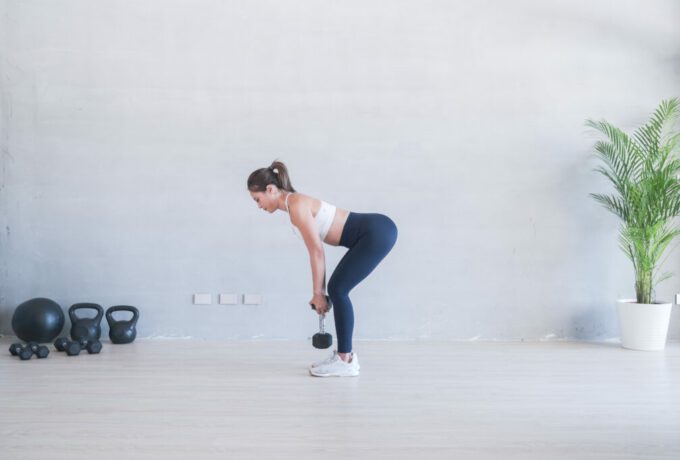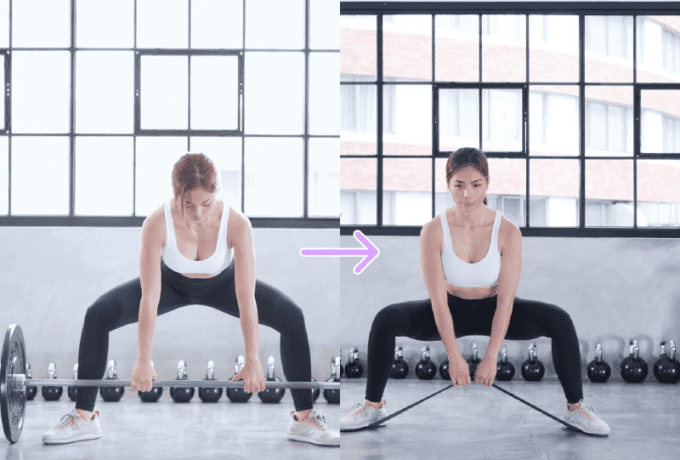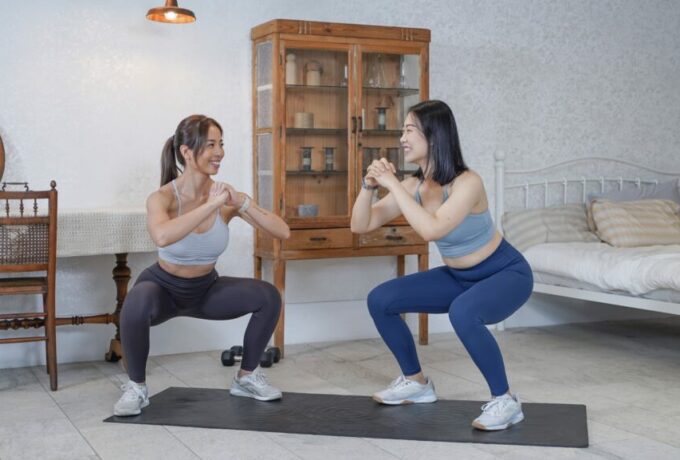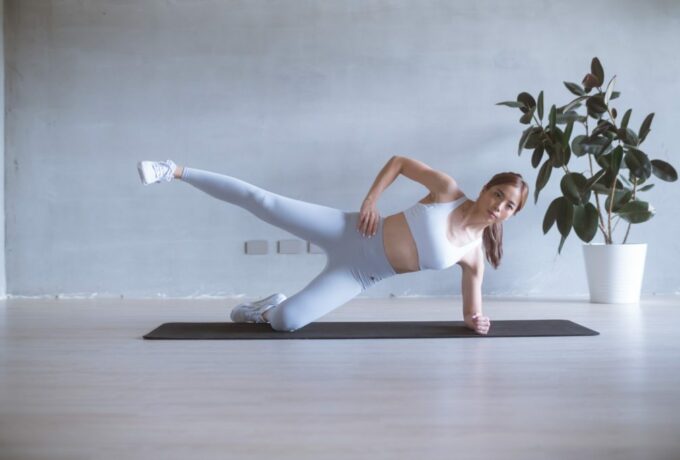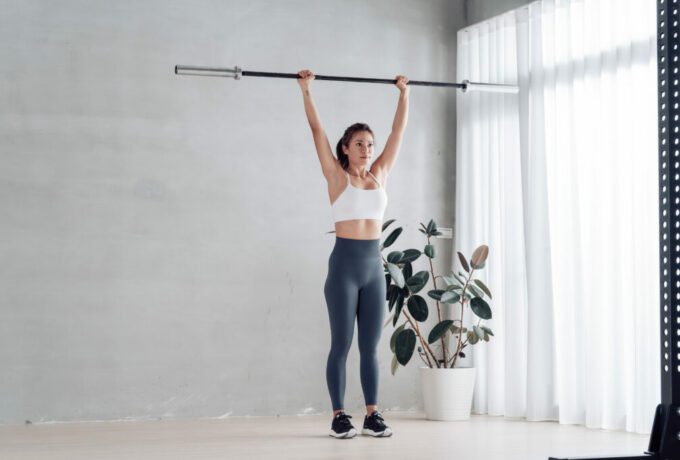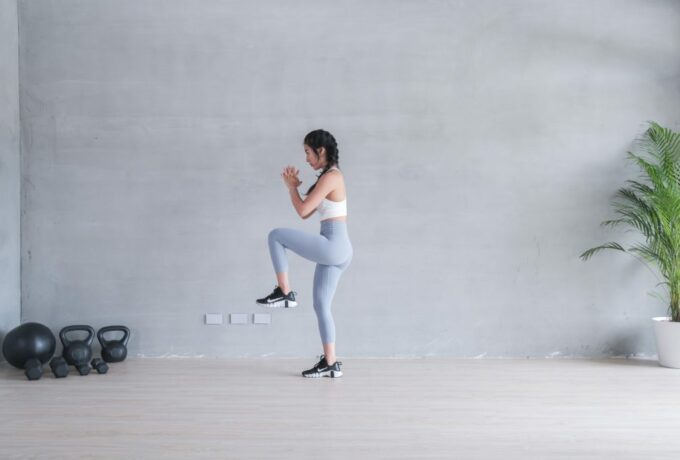Does being thin mean you automatically have visible abs? Not necessarily. Abs are a major fitness goal for many people, but there are a few things you need to keep in mind if you want to achieve that coveted six-pack or even just a toned midsection. Here are three key factors to consider:
Body Fat Percentage:
In general, women need to have a body fat percentage below 20% to see visible abs. Many people use Inbody to measure their body fat percentage, but keep in mind that there may be a margin of error with this method. For example, if Inbody shows your body fat percentage at 16% but you still don’t see any ab lines, it’s possible that the monitor is underestimating your body fat percentage. Body fat monitors are useful for tracking relative changes in body fat, but they are not always accurate for measuring absolute body fat percentage. Factors such as calibration of the device, calculation methods and parameters, and individual body condition can all affect the accuracy of the results.
In short, while body fat monitors can be helpful, they are not absolute. If you believe that your body fat percentage is low enough but you still don’t see visible abs, there may be a discrepancy between your estimated body fat percentage and your actual body fat percentage.
Body Fat Distribution:
You may have seen charts that show the relationship between body fat percentage and visible abs, but keep in mind that these charts don’t work for everyone. For example, some women with 21% body fat may have visible abs, while others with 18% body fat may not. This is because the distribution of body fat is also an important factor. Body fat distribution is largely determined by genetics, and some people tend to store body fat in the hips or thighs, while others tend to store it around the waist.
If your body naturally tends to store fat in the abdominal area, you may need to achieve a lower body fat percentage than the average person to see visible abs. On the positive side, if most of your body fat is stored in your abdomen, you may have less body fat in other areas of your body (such as your arms and legs) and look more toned overall.

Abdominal Muscle Development:
In addition to body fat percentage and distribution, the development of your abdominal muscles is also a key factor in achieving visible abs. Even if you have low body fat, if you’re not actively working your abs, you may not see visible lines. The abdominal muscles are made up of several different muscle groups (such as the rectus abdominis and external obliques), and if you’re not targeting these muscles through exercise, you may not see the results you want.
While many exercises work the core muscles, if you’re specifically looking to achieve visible ab lines, you may want to add 1-2 abdominal classes per week to your workout routine.
The NULI app offers a variety of ab workout plans with video explanations and instructions for all levels of fitness, from beginner to advanced, and for both at-home and gym-based workouts.
Sign up now for a 14-day free trial!
However, keep in mind that proper form is crucial when working your abs. If you’re not familiar with core-strengthening exercises, you may end up with a sore neck or back pain, and your workouts may be less effective overall. Be sure to consult with a qualified fitness professional or do your research to ensure that you’re performing exercises correctly and safely.


